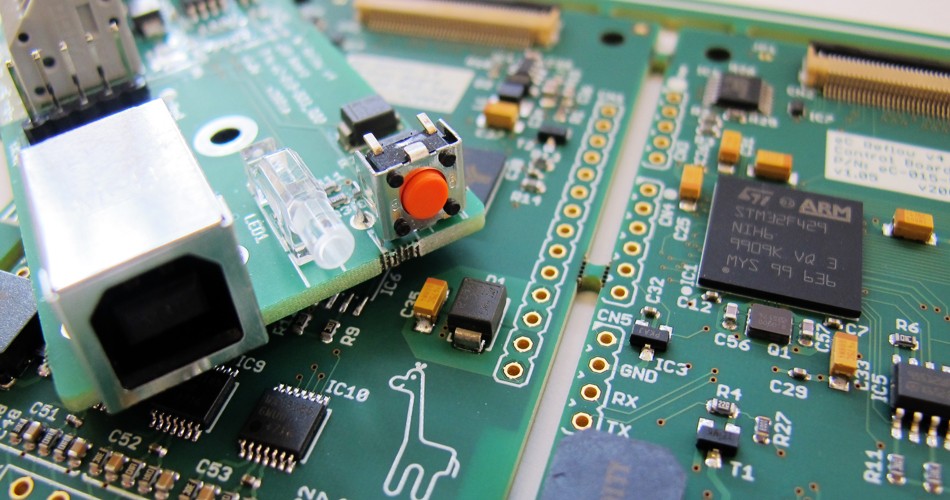- English
- Español
- Português
- русский
- Français
- 日本語
- Deutsch
- tiếng Việt
- Italiano
- Nederlands
- ภาษาไทย
- Polski
- 한국어
- Svenska
- magyar
- Malay
- বাংলা ভাষার
- Dansk
- Suomi
- हिन्दी
- Pilipino
- Türkçe
- Gaeilge
- العربية
- Indonesia
- Norsk
- تمل
- český
- ελληνικά
- український
- Javanese
- فارسی
- தமிழ்
- తెలుగు
- नेपाली
- Burmese
- български
- ລາວ
- Latine
- Қазақша
- Euskal
- Azərbaycan
- Slovenský jazyk
- Македонски
- Lietuvos
- Eesti Keel
- Română
- Slovenski
- मराठी
- Srpski језик
System-Level Power Management Strategies in PCBA Design
2024-04-11
In PCBA design, system-level power management strategy is one of the key factors to ensure stable operation, high energy efficiency and strong reliability of electronic equipment. Here are the details of some system-level power management strategies:

1. Power Topology Design:
Switching power supply: Choose a high-efficiency switching power supply topology, such as a switch-mode power supply (SMPS), to reduce energy consumption and heat generation.
Power topology optimization: Select the appropriate power topology such as boost, buck, buck-boost or flyback topology based on the device's power requirements and input voltage range.
Multi-power supply design: For larger equipment, consider a multi-power supply design in PCBA design to increase redundancy and reliability.
2. Power Management Integrated Circuit (PMIC):
Choose the right PMIC: Choose a highly integrated power management integrated circuit to simplify design and increase efficiency.
Optimization of power rails: Use programmable PMICs to allow dynamic adjustment of voltage and current for different power rails.
3. Power Supply Energy Saving Strategy:
Sleep Modes: Design devices to support multiple sleep modes to reduce energy consumption during periods of inactivity.
Load Sensing: Use load sensing technology to automatically adjust the voltage and frequency of the power supply based on load requirements.
Dynamic Voltage and Frequency Scaling: Dynamic Voltage and Frequency Scaling (DVFS) strategy is adopted to reduce power supply voltage and frequency according to load demand to reduce power consumption.
4. Power Supply Overheating and Fault Protection:
Thermal management: Use thermal sensors in PCBA design to monitor chip temperature and take steps to prevent overheating, such as reducing power or increasing heat dissipation.
Fault protection: Implement power supply over-current, over-voltage and short-circuit protection to prevent power supply damage or danger.
5. Power Line Filtering and Voltage Stabilization:
Filter: Use a power line filter in PCBA design to reduce noise and interference on the power line.
Voltage Regulators: Use voltage regulators on critical power rails to ensure voltage stability.
6. Energy Recovery and Reuse:
Energy recovery: Consider energy recovery technologies such as solar panels or thermoelectric generation to reduce battery consumption and increase sustainability.
7. Battery Management:
Battery Selection: Select the appropriate type and capacity of battery to meet the power needs of your device during PCBA design.
Battery Monitoring: Implement battery status monitoring and management to prevent over-discharging or overcharging and improve battery life.
Charge Control: Use charge control circuitry to safely charge and manage batteries.
Comprehensive consideration of these system-level power management strategies can help design an energy-saving, efficient, and reliable PCBA to meet the performance requirements of the device and extend its service life. At the same time, considering sustainability aspects, such as energy recovery and reuse, can help reduce dependence on resources and reduce the environmental impact of discarded electronic equipment.
-
Delivery Service






-
Payment Options









